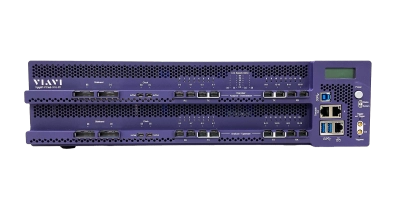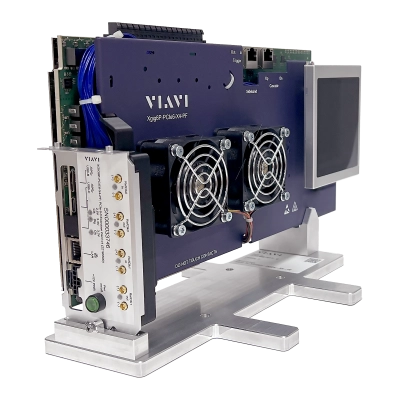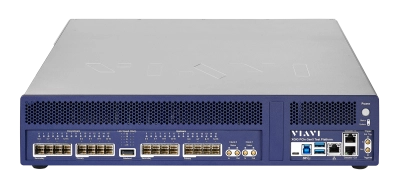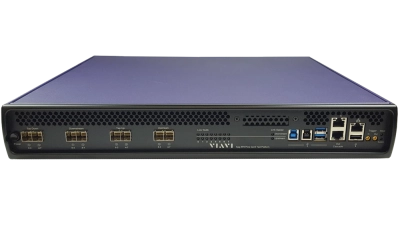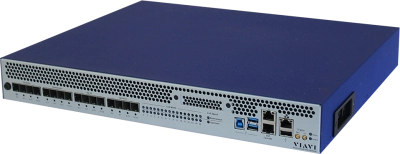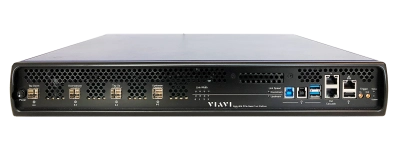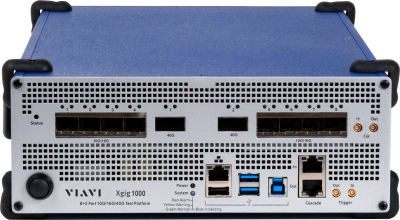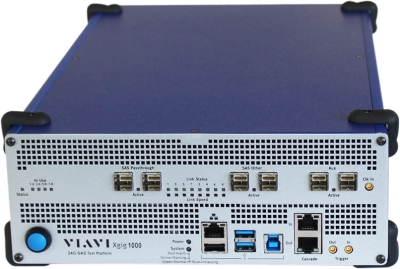Análisis de Protocolo
La línea de productos de pruebas de protocolo líder en el sector de VIAVI ofrece análisis exhaustivos de protocolo y permite solucionar los problemas de rendimiento más complejos de las tecnologías de redes móviles y de los casos prácticos de instalacione
Asistencia en cada paso
Proporcionamos soporte técnico, servicios, una formación completa y los recursos que necesita. Todo ello forma parte de lo que hacemos con el fin de maximizar el valor de su inversión en VIAVI.
Pregunte a un experto
Póngase en contacto con nosotros para obtener más información o recibir un presupuesto. Contamos con expertos que podrán proporcionarle las respuestas adecuadas a cualquier pregunta que le surja.

